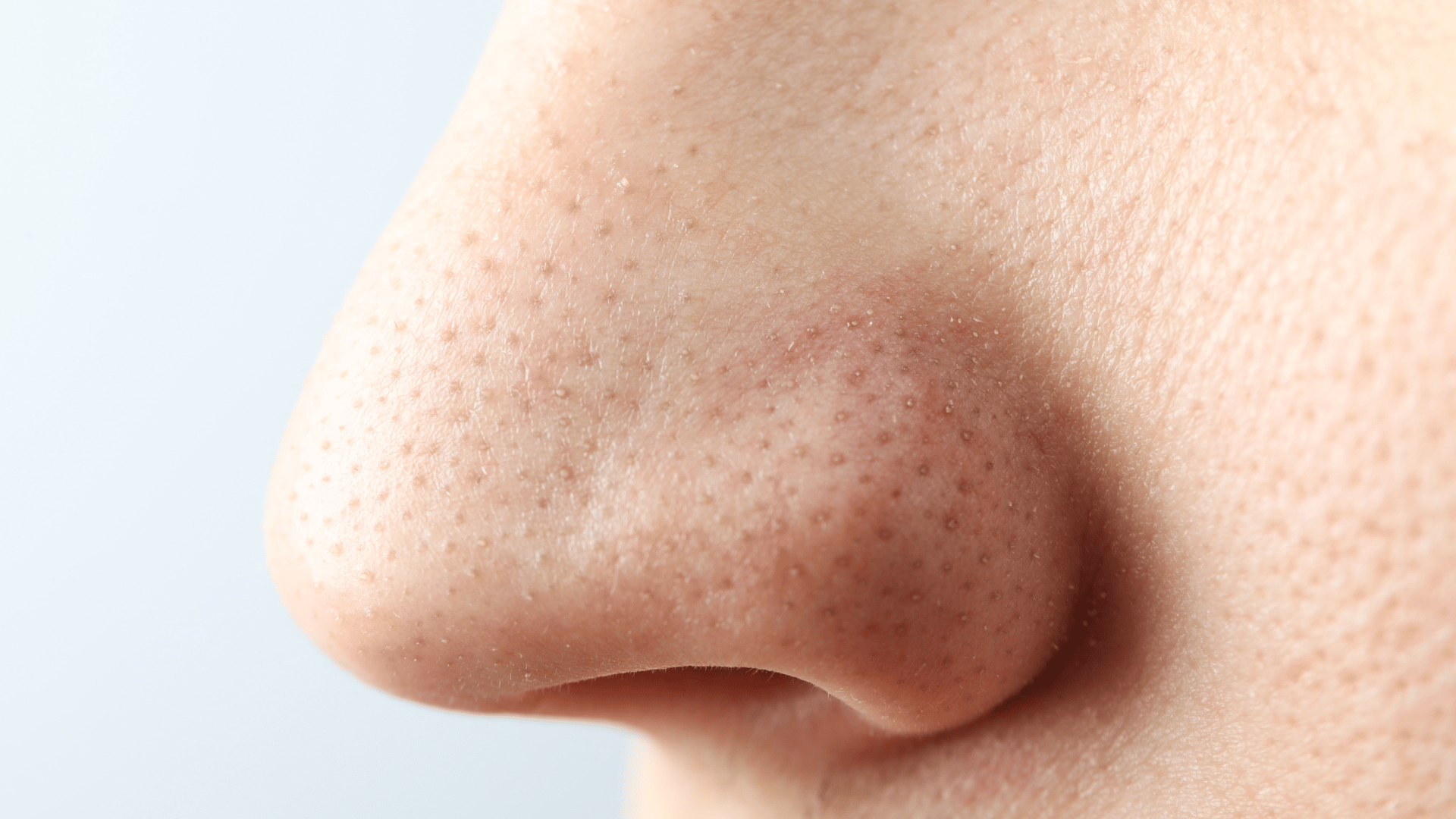The Greek Nose Rhinoplasty Procedure
Greek Nose Rhinoplasty focuses on creating a nose that aligns with classical beauty standards while maintaining individual uniqueness. Here's an overview of the procedure.
1. Consultation and Planning
- Assessment: A thorough evaluation of the patient's facial structure, nasal anatomy, and aesthetic goals.
- Discussion: Understanding the desired outcomes and ensuring realistic expectations.
- Customization: Developing a personalized surgical plan that prioritizes symmetry, proportion, and balance.
2. Anesthesia
- Options: The procedure is typically performed under general anesthesia or intravenous sedation to ensure patient comfort throughout the surgery.
3. Surgical Techniques
- Closed Rhinoplasty: Incisions are made within the nostrils, resulting in no visible external scars. This approach allows precise reshaping of the nasal structures.
- Open Rhinoplasty: An incision is made across the columella (the tissue between the nostrils), providing greater visibility and access for complex reshaping.
- Cartilage Sculpting: Refining the nasal bridge and tip using cartilage grafts or reshaping existing cartilage to achieve the desired straightness and definition.
- Reduction or Augmentation: Depending on the patient's nasal structure, the surgeon may remove excess tissue or add grafts to enhance the nose's profile.
4. Closing Incisions
- Suturing: Incisions are meticulously closed using fine sutures to minimize scarring.
- Support Structures: Internal splints or external bandages may be applied to support the new nasal shape during the initial healing phase.
Recovery and Aftercare
Proper post-operative care is crucial for optimal results in Greek Nose Rhinoplasty. Here's what to expect during the recovery process:
Immediate Post-Surgery (First Week)
- Swelling and Bruising: Common around the eyes and nose, typically subsiding within one to two weeks.
- Discomfort: Mild to moderate pain manageable with prescribed medications.
- Rest: Adequate rest is essential to facilitate healing.
Early Recovery (Weeks 2-3)
- Swelling Reduction: Noticeable decrease in swelling and bruising.
- Resuming Light Activities: Gradually return to non-strenuous activities while avoiding any actions that might impact the nose.
Ongoing Recovery (Months 1-12)
- Final Results: Swelling continues to diminish, and the nose's shape becomes more refined over several months.
- Full Healing: Complete healing and stabilization of the nasal structure can take up to a year.
Risks and Considerations
While Greek Nose Rhinoplasty offers significant aesthetic and functional benefits, it's essential to be aware of potential risks:
- Infection: Though rare, infections can occur and may require antibiotic treatment.
- Bleeding: Excessive bleeding during or after surgery may necessitate medical intervention.
- Scarring: Closed rhinoplasty minimizes visible scarring, but some internal scarring may occur.
- Asymmetry: Achieving perfect symmetry is challenging; minor asymmetries are possible.
- Breathing Difficulties: Structural changes might impact airflow; careful surgical planning helps mitigate this risk.
- Unsatisfactory Results: It's crucial to have realistic expectations and communicate clearly with your surgeon to achieve desired outcomes.
Cost of Greek Nose Rhinoplasty
The cost of Greek Nose Rhinoplasty varies based on several factors:
- Surgeon's Expertise: Highly experienced and reputable surgeons may charge higher fees.
- Geographic Location: Prices differ significantly across regions and countries.
- Procedure Complexity: More intricate surgeries requiring additional time and resources will increase costs.
- Anesthesia and Facility Fees: These can add to the overall expense.
On average, rhinoplasty procedures range from $5,000 to $15,000. It's essential to consult with your surgeon to get a detailed estimate tailored to your specific needs.
Choosing the Right Surgeon
Selecting a qualified and experienced plastic surgeon is paramount to the success of your Greek Nose Rhinoplasty. Consider the following when making your choice:
- Board Certification: Ensure the surgeon is certified by relevant boards, such as the American Board of Plastic Surgery.
- Experience: Look for surgeons with extensive experience in rhinoplasty, particularly in achieving the Greek nose aesthetic.
- Portfolio: Reviewing before-and-after photos can give you an idea of the surgeon's aesthetic style and skill.
- Patient Reviews: Testimonials and reviews provide insights into patient satisfaction and the surgeon's professionalism.
- Consultation Comfort: Choose a surgeon you feel comfortable communicating with and who listens to your concerns and goals.
Conclusion
Greek Nose Rhinoplasty offers a pathway to achieving a nose that embodies classical beauty, symmetry, and harmony with the facial features. By focusing on refined aesthetics and balanced proportions, this specialized approach can enhance your natural beauty and boost your confidence. Understanding the procedure, recovery process, and selecting the right surgeon are crucial steps in your aesthetic journey.
Medical Disclaimer
The information provided in this article is for informational purposes only and should not be considered a substitute for professional medical advice, diagnosis, or treatment. Always seek the advice of your physician or another qualified health provider with any questions you may have regarding a medical condition or treatment. Never disregard professional medical advice or delay in seeking it because of something you have read in this article.
The information provided in this article is for informational purposes only and should not be considered a substitute for professional medical advice, diagnosis, or treatment. Always seek the advice of your physician or another qualified health provider with any questions you may have regarding a medical condition or treatment. Never disregard professional medical advice or delay in seeking it because of something you have read in this article.
